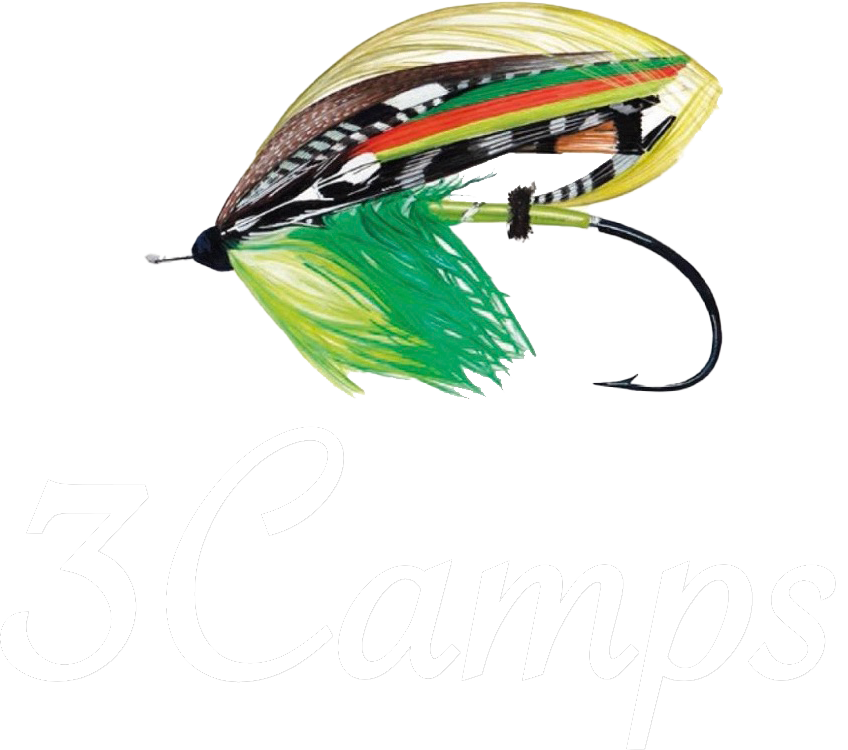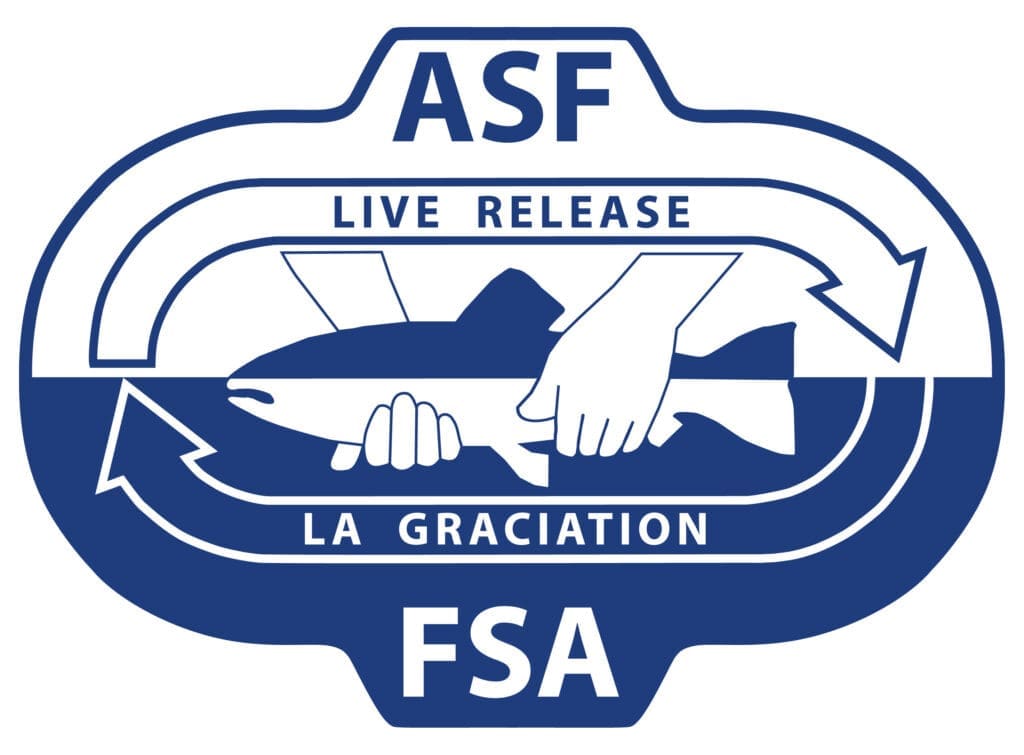Spey casting is a unique byproduct of fly fishing for Atlantic salmon. The roll cast is an important precursor of the modern spey cast, but the spey cast has progressed so far in its evolution that its lineage becomes increasingly difficult to trace. The roll cast and the spey cast share a rear loop formed below the tip of the rod. The similarities pretty much end there. The roll cast is a static cast, whereas, the spey cast is a dynamic cast. The roll cast is not by design a change-of-direction cast, whereas, the spey cast is both nimble and economical along a multitude of axes. The roll cast features no real back cast. The spey cast, by contrast, has a very real back cast. The proficient spey caster can also control both the size and shape of the rear loop to accommodate a variety of head lengths and a wide range of restriction behind the caster.
A spey cast is a dynamic, fixed-anchor cast featuring an under-the-tip back cast and an over-the-tip forward cast. This definition purposefully includes the switch cast, which does not have a change of direction. A fixed anchor is a length of leader—or a length of leader and line—that briefly touches the surface of the water. Or, in the case of the Skagit family of spey casts, a length of line and leader that sustains contact with the surface of the water for a period of time. The fixed anchor formed by the spey cast does not technically “load” the fly rod. It is possible, after all, to load a fly rod without a fly line. It is more accurate to state that the fixed anchor of a spey cast provides the minimum amount of contact with the water that is required to execute the cast.
There are two distinct styles of spey casting that developed specifically for Atlantic salmon. Spey casting is a uniquely Scottish invention. Traditional spey casting as practiced in the United Kingdom today is a natural refinement of a much earlier game perfected originally with level lines and finally with double-taper lines. Long-belly, weight-forward fly lines currently outnumber double-taper fly lines in a survey of British tackle catalogs—although the venerable double-taper fly line still enjoys a loyal following in the U.K. The standard head length of the modern weight-forward line used in traditional spey casting is 65 to 85 feet.
The Scandinavian style of spey casting was developed on the River Orkla in Norway by Göran Andersson—the “Wizard of Gävle.” Andersson refers to the style as the underhand cast due to the heavy emphasis on the bottom or “under” hand on the lower grip of a double-handed rod. The underhand cast is more commonly called the Scandinavian spey cast in my conversations with Trond and Knut Syrstad of Norway and Henrik Mortensen of Denmark—author of the definitive work on the subject, Scandinavian-Style Spey Casting (2006).
The Scandinavian spey cast is a short-stroke spey cast with a shooting head. The single spey and the snake roll are the most effective spey casts in this style, although the circle spey—a modification of the snap-T cast—and the double spey may also be used. As in all forms of casting, stroke length should be commensurate with the amount of line that is beyond the tip of the rod. Stroke length for the Scandinavian spey cast should be relatively short as the average length of the shooting head is from 32 to 41 feet in length. Leaders for floating shooting heads are typically from 17 feet to 20 feet long.



